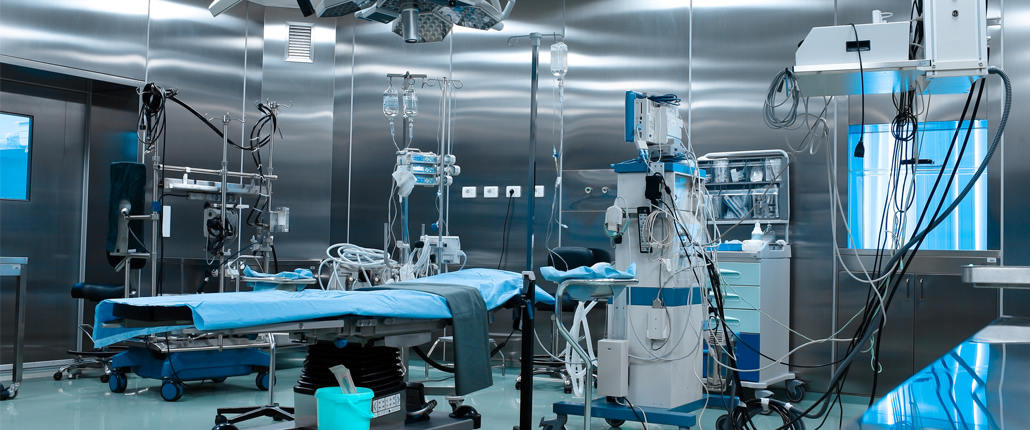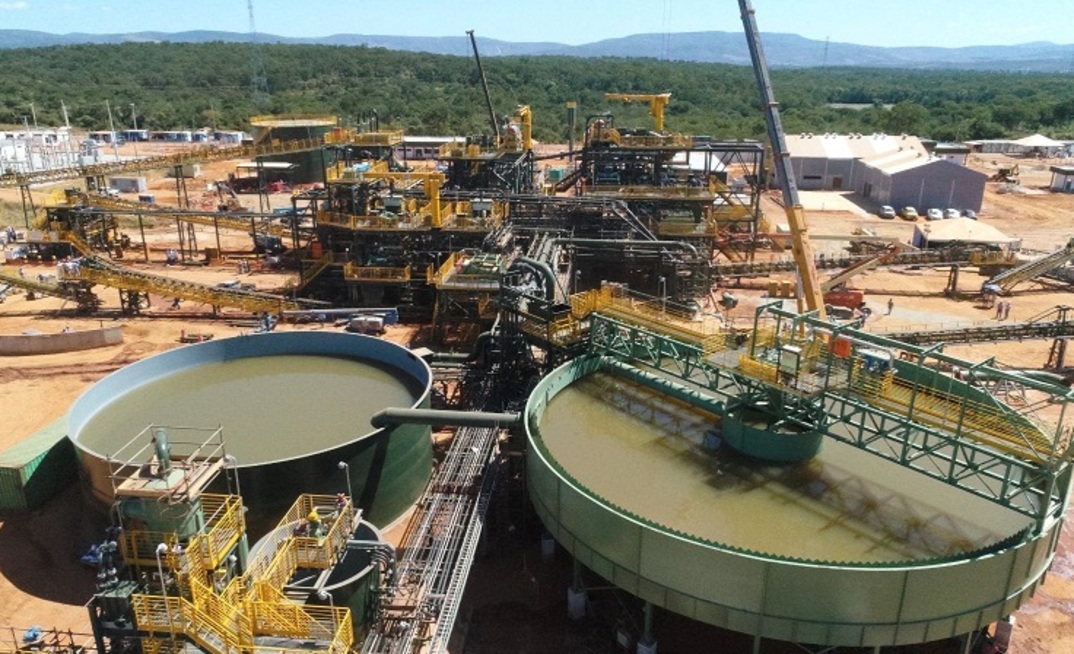
Medical Metals
The medical metals sector is experiencing a temporary dip in demand, primarily due to an oversupply of inventory. However, the long-term outlook for the market remains robust, driven by the aging population and the growing demand for medical devices.
Pandemic-Induced Overstocks Affecting the Market
After years of steady growth, the medical metals market is dealing with an inventory surplus, a byproduct of panic buying during the pandemic. As hospitals and medical facilities focused on COVID-19 treatments, elective surgeries were delayed, leading to a backlog of demand that is now being worked through. “We’re seeing a little less demand as customers reduce their excess inventory,” says Tom Zuccarini, CCO at Vested Metals.
Challenges in Supply Chain and Raw Material Prioritization
The medical metals market faces additional challenges due to the high demand for titanium and specialty alloys, which are also critical to aerospace manufacturers. This has led to longer lead times and higher costs, as aerospace giants like Boeing and Airbus take precedence over medical device suppliers. Lead times for medical alloys like cobalt chrome and titanium have remained well above historical norms, with some extending up to 30-60 weeks.
Growing Demand for Medical Devices Driven by Demographics
Despite the current lull, the future remains bright for the medical metals market. The Baby Boomer generation’s aging population and the increasing prevalence of elective surgeries are expected to drive strong demand for medical devices. “With longer life expectancies and the need for implants growing, the outlook is extremely positive,” says Erik D. Hansen, EVP at Banner Industries.
Technological Innovations and Evolving Material Requirements
The medical field’s embrace of new technologies like robotics has introduced greater precision in surgeries, further fueling demand. Additionally, the materials required for medical devices are continuously evolving, with changes in alloys to support innovations in minimally invasive surgeries and robotics. “The challenge is staying ahead of these shifts and ensuring the right materials are available,” says Zuccarini.
Stringent Certification and Quality Control in Medical Metals
Suppliers in the medical metals market must adhere to stringent certifications, such as ISO 13485, ensuring the highest quality materials for devices that will be implanted in the human body. Materials must meet tight mechanical and chemical specifications, and suppliers must work closely with both manufacturers and medical OEMs to ensure compliance.
Alternative Materials and 3D Printing: A Long-Term Consideration
While there’s talk of alternative materials and 3D printing potentially displacing traditional raw materials in medical devices, the barriers to entry for new materials are significant.
Traditional metals like titanium and cobalt chrome remain dominant due to their well-established properties and rigorous testing. “There’s potential for 3D printing, but it won’t cannibalize traditional materials in the short term,” says Zuccarini.
Outlook: A Strong, Yet Demanding Market
Despite the current inventory issues, the medical metals market is poised for continued growth. With double-digit growth projections for the coming years, particularly as the demand for implants rises, the sector remains one of the most attractive and resilient markets in the metals industry.











Leave a Reply
You must be logged in to post a comment.